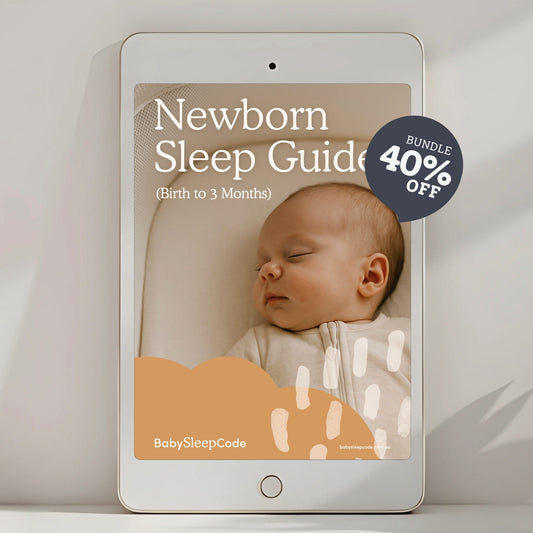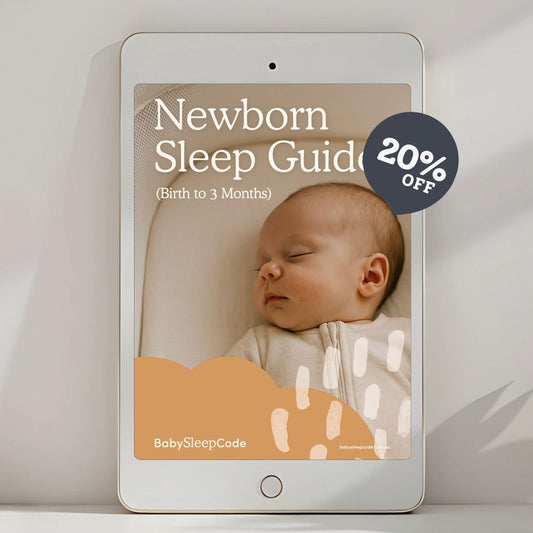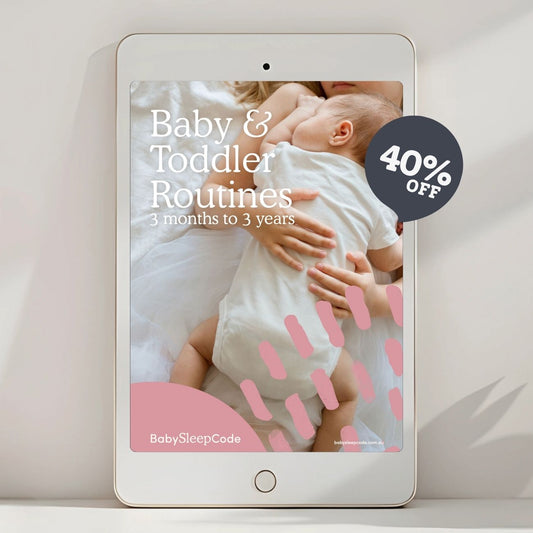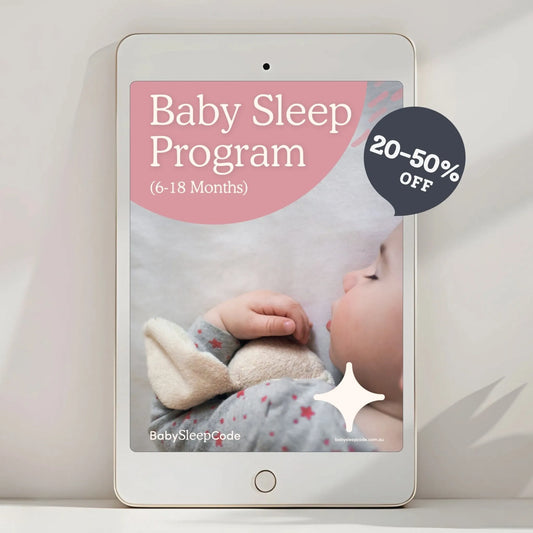Learning to connect sleep cycles usually develops after being confident at falling asleep independently at the beginning of sleep times.
Let me explain…
But first, what does connecting sleep cycles mean?
Here’s the thing, it’s actually a misleading phrase, as no one truly “connects sleep cycles.” Even as adults, we have brief arousals between sleep cycles.
These short arousals are a normal, built-in part of human sleep. They serve an adaptive purpose, essentially a quick “safety check.” At the end of a sleep cycle, the brain briefly scans the environment to ensure everything feels the same and that the body is safe and comfortable. This phenomenon is visible in EEG sleep studies, and you may have even noticed these “wakes” if you’ve ever tracked your sleep on a smart device.
When you hear the term “connecting sleep cycles” in relation to baby sleep, it refers to a baby’s ability to sleep for more than one sleep cycle at a time. For this to happen, as your baby moves between sleep stages, they will still come to the surface of sleep for a few seconds or minutes before settling back into the next cycle.
In other words, connecting sleep cycles doesn’t mean never waking. It means being able to stir, and fall back to sleep independently without needing help every time.
If adults also wake between sleep cycles, why don’t we remember waking up?
These arousals are so short that they rarely reach full consciousness.
The brain activates just enough to check surroundings such as temperature, noise, light, or comfort, and then re-enters sleep. Unless something in the environment has changed, such as noise, light, discomfort, stress, pain, or the need to use the bathroom, we fall straight back asleep and don’t form a memory of it.
Memory formation requires sustained wakefulness and activation of the hippocampus, which doesn’t occur during these micro-arousals. So, while we technically “wake” many times each night, we usually remember only the longer awakenings when something interrupts the process.
What does it look like when a baby connects sleep cycles?
Babies who can 'link sleep cycles' will, after being asleep for a while, briefly stir. Their eyes may open, or they may just change position, before drifting back into sleep. If you’ve ever seen your baby wake mid-sleep and a few moments later they’re back to sleep, this is considered connecting sleep cycles.
It’s a sign that your baby is comfortable and content in their sleep space, and that their brain has learned that sleep is a safe and predictable experience.
Some parents also notice that as their baby gets older, these mid-sleep movements or “mini-wakes” become even more subtle. Research using infant sleep EEGs shows that once babies can confidently fall asleep independently, their brief awakenings start to look more like an adult’s, short, subconscious arousals that last only a few seconds and are rarely remembered.
Why can’t my baby connect sleep cycles on their own?
Here’s what’s happening behind the scenes. Say your baby falls asleep being rocked or fed while in your arms. Once your baby reaches deep sleep, their brain activity slows, their awareness of the environment decreases, and they become less reactive to changes in movement or noise. This is when parents find they can transfer their baby to the crib without waking, and their baby continues to sleep peacefully.
But some time later, when they return to light sleep, they suddenly notice that things feel different. The warmth of your arms is now gone, the movement has stopped, and the familiar smells and sounds have changed. Naturally, this feels unsettling, pulling them fully awake as they call out for reassurance.
How to help your baby connect sleep cycles
Focus on the start of sleep times first.
Before expecting your baby to resettle between cycles, look at how they fall asleep at the beginning of naps and bedtime. If they can fall asleep with minimal help, they’ll find it easier to fall back asleep later.
Need help working on independent sleep skills? ❤️
Our Baby Sleep Program is a supportive, evidence-based guide that takes you through step by step on how to help your baby develop independent sleep skills and link their sleep cycles with ease. The result is well-rested babies and confident parents.
“I loved this guide! It is a perfect balance of implementing things that will naturally help your child and ease into independent sleeping. It helped me understand my child more, listen to her cues, and be more confident as a mother. If you are looking for a sleeping guide, this is the one!” Ellie
















